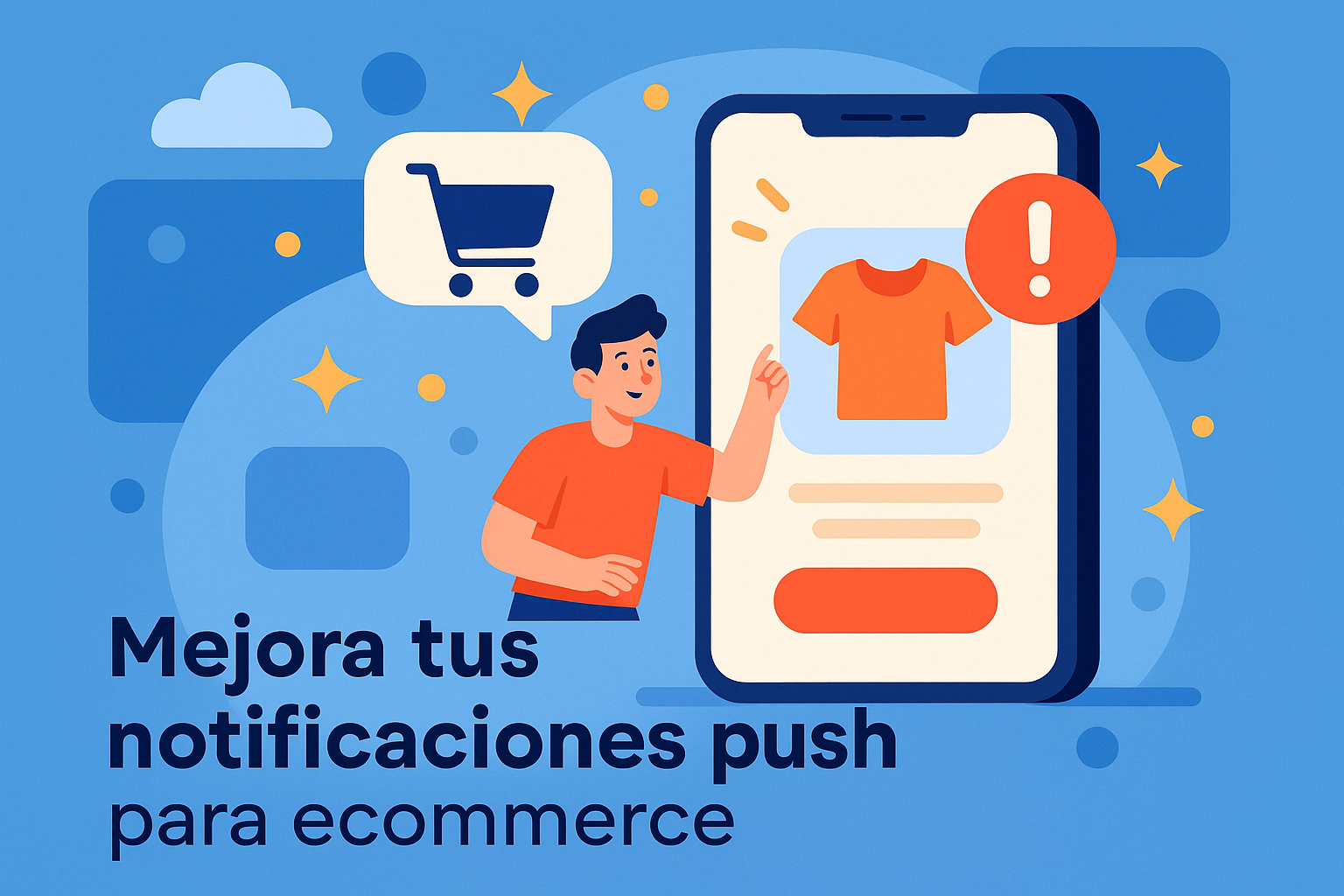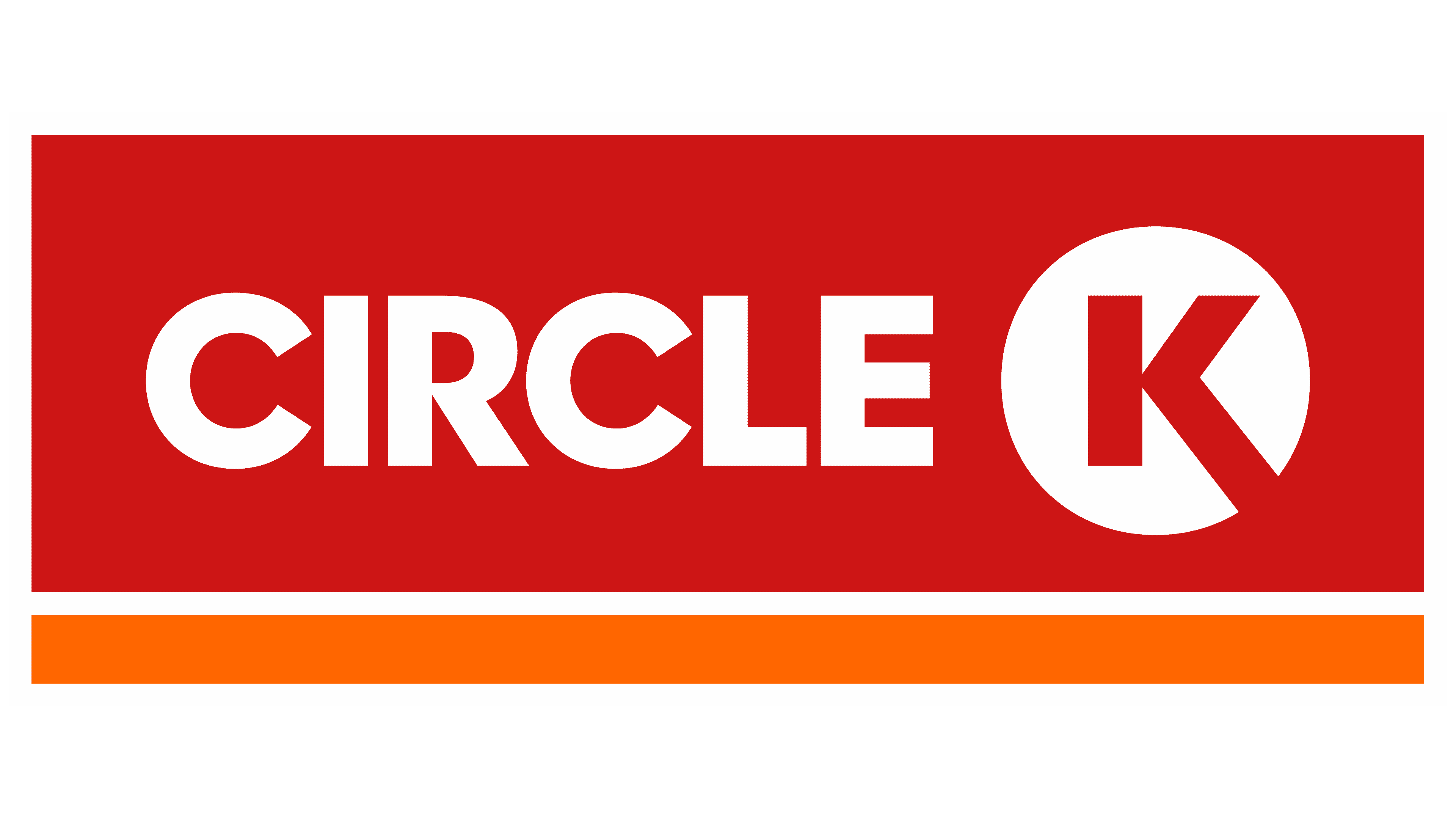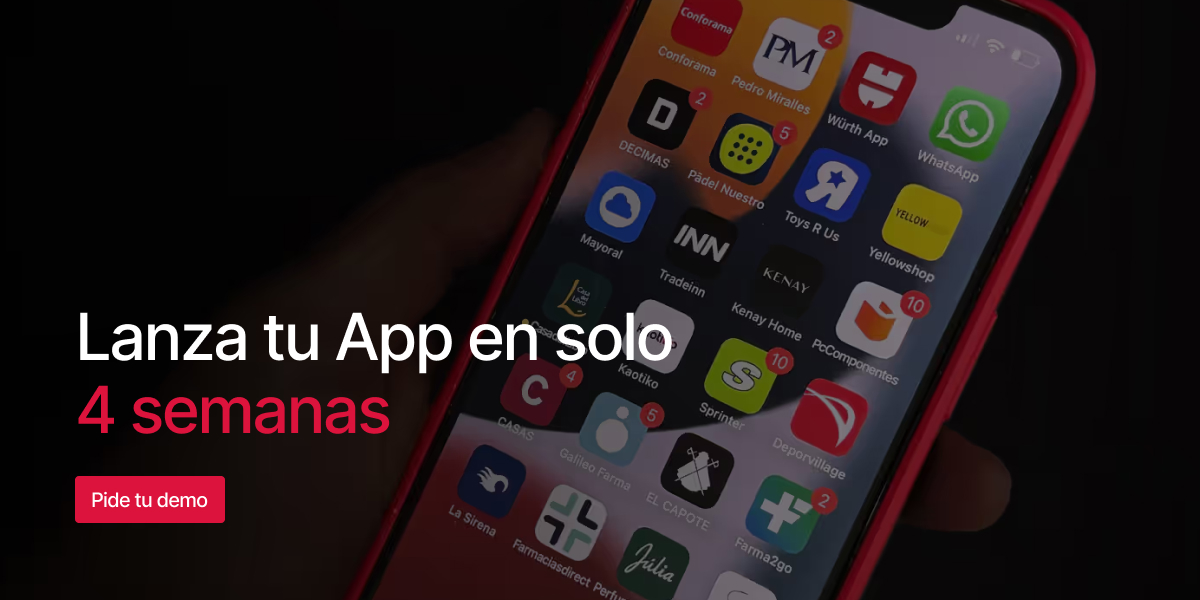
In today's mobile commerce environment, push notifications push notifications have established themselves as one of the most effective tools for maintaining user attention, driving sales and strengthening loyalty. According to the IAB Spain 2024 Annual Mobile Marketing Report, 79% of ecommerce users in Spain regularly interact with notifications sent from apps, and brands that manage them strategically achieve an average 25% increase in their conversion rate.
However, the real value of a notification is not in sending it, but in knowing how and when to do it. A well-targeted, personalized and timely communication can transform a simple alert into an experience that the user perceives as useful and relevant.
Push notifications have an advantage over other channels: their immediacy and visibility. By arriving directly at the mobile device, they eliminate the friction of email or social networks. According to Data.ai (2024), users of ecommerce apps that enable notifications make 3.5 times more purchases per month than those who do not. In addition, brands that combine notifications with dynamic personalization achieve 56% higher retention.

Sending notifications is not enough: you have to build a strategy. Here are the best practices that leading brands use to increase their effectiveness.
The first step is to know your users. Divide your audience by behavior, location, purchase history or interests. A fashion app can send different alerts to those who buy shoes and those who look for accessories, while a grocery store can differentiate between users who shop weekly or only on special dates.
Segmented notifications generate 40% more interaction than mass notifications (source: IAB Spain, 2023), since the message arrives at the right time and with the content of interest.
Use the user's name, preferences or recent purchases to create a sense of exclusivity. Example: "Ana, your favorite moisturizer is back in stock" or "15% discount just for you on your favorite brand".
Personalization increases click-through rates by up to 62% and reduces uninstalls by showing that the brand understands the customer.
Sending notifications at the wrong time can have the opposite effect. Mobile behavior studies indicate that messages sent between 18:00 and 21:00 have a 35% higher opening rate. Also adapt the schedule according to the day: Sundays, for example, work very well for fashion or food ecommerce.
Not every message has to sell. Alternating promotions with useful or inspirational content keeps the user's interest. Example: "Discover the new spring trends" or "We tell you how to take care of your white sneakers". This type of content improves brand perception and reinforces loyalty.
Campaigns with time-limited messages generate a sense of urgency that drives action. Phrases such as "Today only", "Exclusive offer on your app" or "Only a few units left" increase conversion by up to 22%. But be careful not to overdo it: overexposure can cause rejection.
Notifications with visual elements get 50% more interaction. A featured product, a sale banner or even an emoji can instantly grab attention and make the message feel more human.
With the technology of Reskyttechnology, you can automate push notifications based on behavior: abandoned cart reminders, new product notifications, thank you or personalized promotions. Its dashboard allows you to measure key metrics such as opens, clicks and conversions, optimizing each campaign without the need for code.
The difference between sending notifications and generating real results lies in automation and strategy. Reskyt allows you to send segmented and dynamic push notifications directly connected to your ecommerce, reflecting inventories, promotions and behaviors in real time.
Currently, the platform handles more than 75 million notifications per month in different industries, with open rates exceeding 30% in sectors such as fashion, food and retail.
The international chain Circle K relied on Reskyt to develop an app to connect directly with its customers in several countries, leveraging the power of push notifications as the main channel.

The Circle K case demonstrates that a communication strategy based on smart push notifications can generate tangible results in loyalty and sales.
Mobile commerce continues to drive digital growth. According to Adigital's report (2024):
It depends on the type of business. The ideal is between 2 and 4 weekly notifications, combining promotional and informative content to avoid saturating the user.
Use personalization, segmentation and a good sending schedule. Messages with the user's name and a clear call to action achieve up to 60% higher open rates.
Those that mix urgency and value: launches, cart reminders, limited discounts or personalized recommendations based on purchase history.
Yes, Reskyt offers an analytics dashboard with detailed metrics on opens, clicks and conversions, allowing you to optimize your campaigns on an ongoing basis.
Definitely. By offering personalized and valuable messages, users feel cared for and connected to the brand, increasing purchase recurrence.
Push notifications are much more than a reminder: they are an opportunity to connect, inspire and convert. With a strategy based on data, personalization and technology, they can transform your app into the most profitable channel of your ecommerce.
With Reskyt, optimizing your notifications is simple and effective. Automate your campaigns, measure results in real time and turn every message into a potential sale.
Want to improve your push notification strategy? Request a personalized demo and discover how Reskyt can help you connect with your customers and increase your sales.
